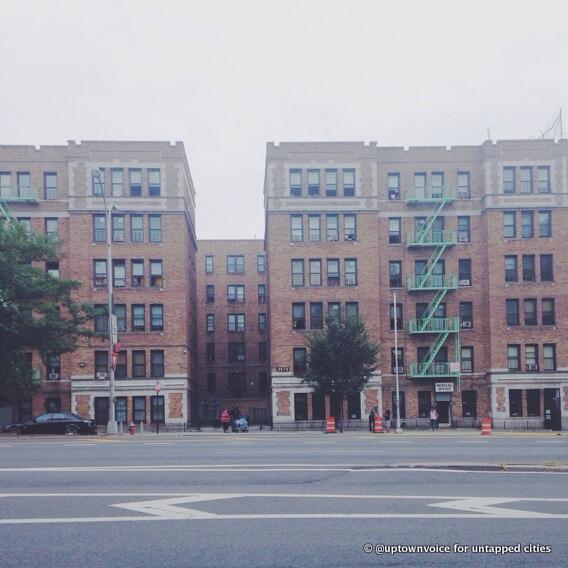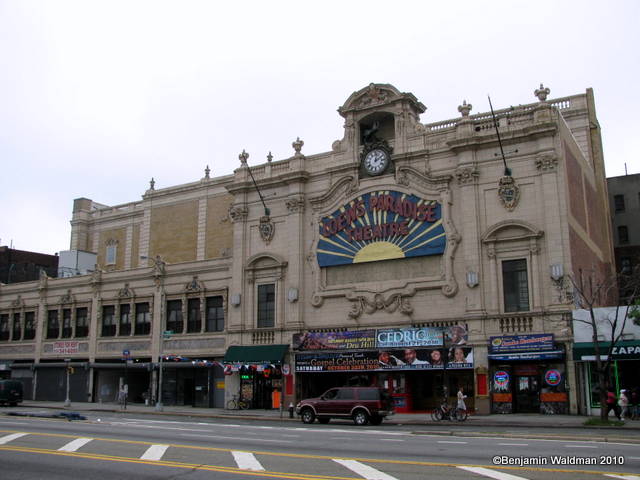
The Grand Concourse is a major thoroughfare in the Bronx that spans more than four miles in the western part of the borough. It was conceived in 1890 by Louis Aloys Risse, a French immigrant and chief topographical engineer of New York City. Since its opening in 1909, it has become “the Bronx’s most famous street,” connecting Manhattan to the North Bronx.
The 104-year-old concourse measures 180 feet wide with three roadways separated by tree-lined dividers. The design was supposed to echo Paris’ Champs Élysées due to its magnitude in relation to nearby streets. Sewell Chan of The New York Times writes, “Many New Yorkers have forgotten that the Grand Concourse was once called the ‘Park Avenue of the middle class.”
As the automobile boom littered the New York City streets with the new popular form of transportation and the Concourse became accessible via public transit, it became an incubator for development in the first half of the 20th Century. Art Deco apartment buildings became a huge draw for the northward-moving middle-class populations of the Bronx.
“In the Bronx, the Art Deco style was marked by streamlined elements such as curving walls, recessed spandrels creating an effect of continuous window strips, brickwork arranged in vertical or horizontal patterns, wrap-around corner window openings, and materials suggestive of the “Machine Age,” such as steel-and-glass casement windows. The related Moderne style was also characterized by streamlined geometry, but with more minimal ornamentation, and by a fascination with aerodynamics.” – Grand Concourse Historic District Designation Report
The Loew’s Theatre franchise brought even more tourism to the borough by placing the 23rd largest theater in the United States right on the Grand Concourse. The Loew’s Paradise Theatre still stands as one of the many landmarks on the Grand Concourse.
Constance Rosenblum, author of Boulevard of Dreams: Heady Times, Heartbreak, and Hope Along the Grand Concourse in the Bronx, recalls “The tragic decline of the Bronx is a deeply familiar tale but no less tragic for the fact that we know the story so well. In the eyes of many, the Bronx will be perpetually burning; the vivid image is difficult to shake. But there is no question that in recent years the borough has rebounded considerably, as have large swaths of the city. Crime is significantly lower here, as it is throughout New York, and drugs have loosened their grip on poor neighborhoods.” The Grand Concourse remains one of the premiere strips of the Bronx, delineating its history through its century-old story, making it at once a relic from its now distant past and evidence of the borough’s growth into the future.

Click here for more from our History of NYC Streets series and discover 5 notable fountains in the Bronx from the City Beautiful movement and beyond. Get in touch with the author @uptownvoice.






